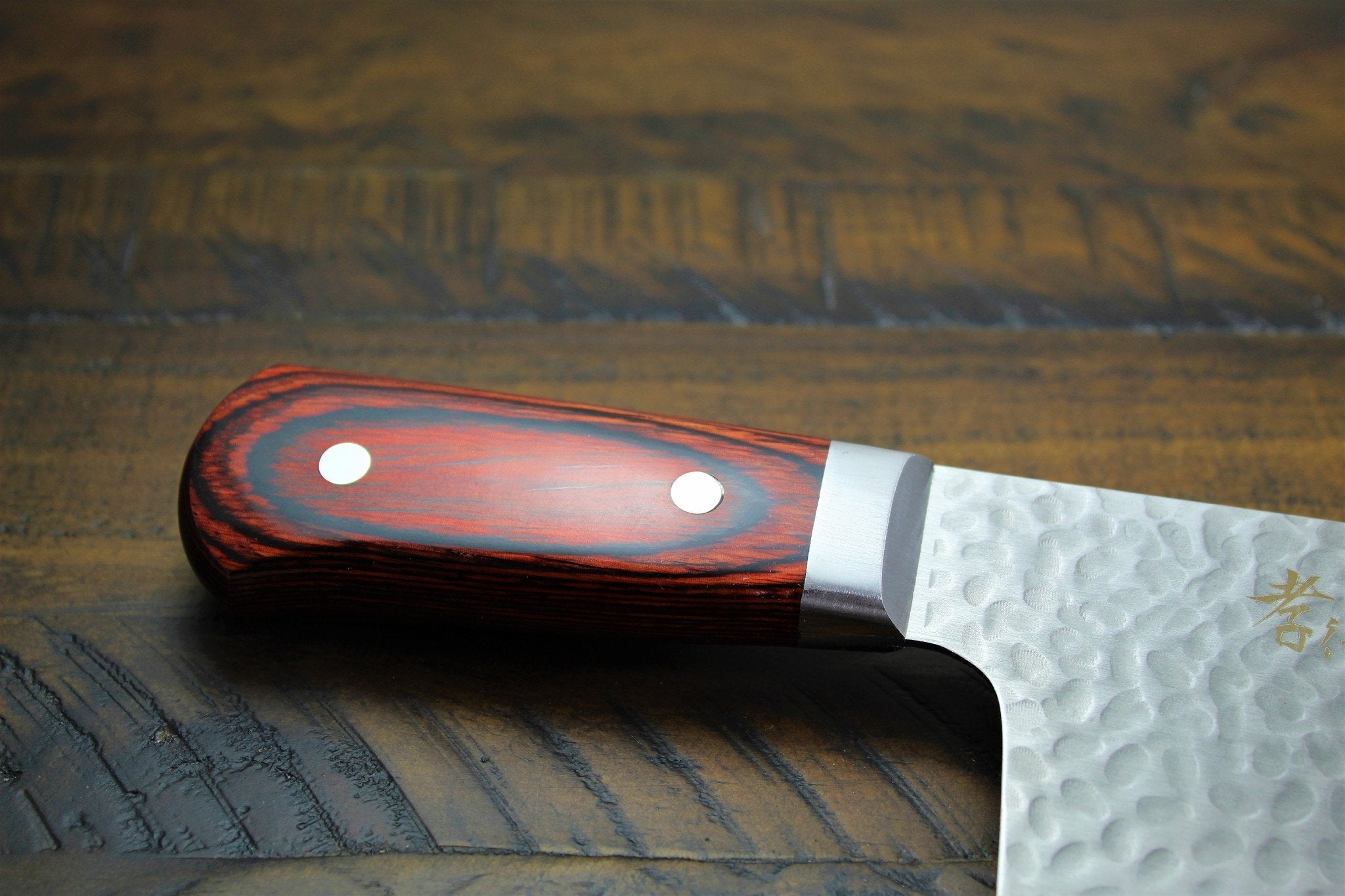Filters
Sakai Takayuki INOX Molybdenum Stainless Steel Cleaver Knife / Chopper knife
Sale priceFrom $152.15
Regular price$179.00
Sakai Takayuki Cleaver Knife / Chopper Knife 195mm (7.6") Damascus 33 Layer
Sale price$313.65
Regular price$369.00
Sakai Takayuki INOX Molybdenum Stainless Steel 195 mm Cleaver / Chopper knife
Sale price$177.65
Regular price$209.00







